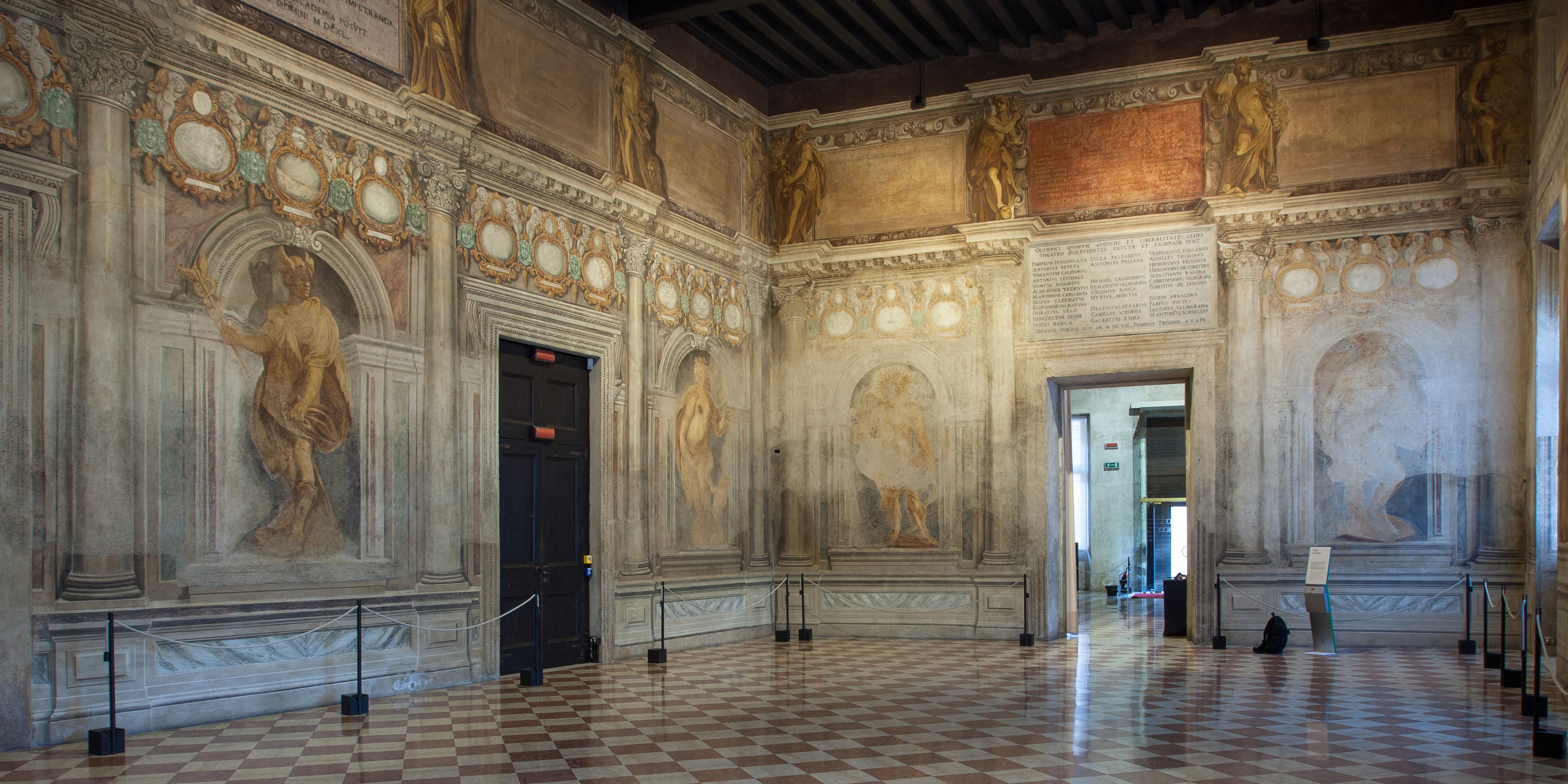It is the oldest covered theater in the world
.jpg)
A masterpiece and the last work by Andrea Palladio, Teatro Olimpico was commissioned in February 1580 by Accademia Olimpica, a congregation of important personalities from Vicenza in the fields of literature, science and the arts, of which Palladio himself was a member.
The project was inspired by the model of the “ancient” theater, in the wake of the Renaissance rediscovery of Vitruvius' studies, and at the same time served as a place of self-celebration for Vicenza aristocracy, inspired by the same classical ideals supported by the members of the Academy.
Construction began in May 1580, but Palladio did not see it completed, due to his sudden death. After various and complex events, the Olimpico was completed five years later and was solemnly inaugurated on March 3, 1585 with the memorable staging Oedipus Tyrannus by Sophocles.

The Theatre is reached through Odeo and Antiodeo, two large rooms created by Vincenzo Scamozzi and decorated respectively with frescoes by Francesco Maffei depicting deities and allegorical figures (approx. 1637) and a monochrome frieze (approx. 1595), reproducing theatrical productions curated by the Academy before the construction of Teatro Olimpico (Amor Costante, Sofonisba) and shows or events hosted inside the new theatre (Oedipus Rex, Embassy of the Japanese legates).
Inside an enclosed space simulating the open-air setting of classical theatres, Palladio arranged a monumental stage front flanked by two wings or versures and a semi-elliptical cavea of thirteen steps, topped by an exedra with columns, partly open and partly with niches within the wall. In the tabernacles and on the plinths of the architectural structure are the statues of the Academics who commissioned the Theater, dressed in ancient style. In the highest order a series of splendid bas-reliefs depicting Stories of Hercules, by Ruggero Bascapè.
The wooden perspectives depicting the streets of Thebes stand out beyond the three openings of the front stage. They were created by Vincenzo Scamozzi for Oedipus Tyrannus inaugural show and then have become fixed and immutable over time.

